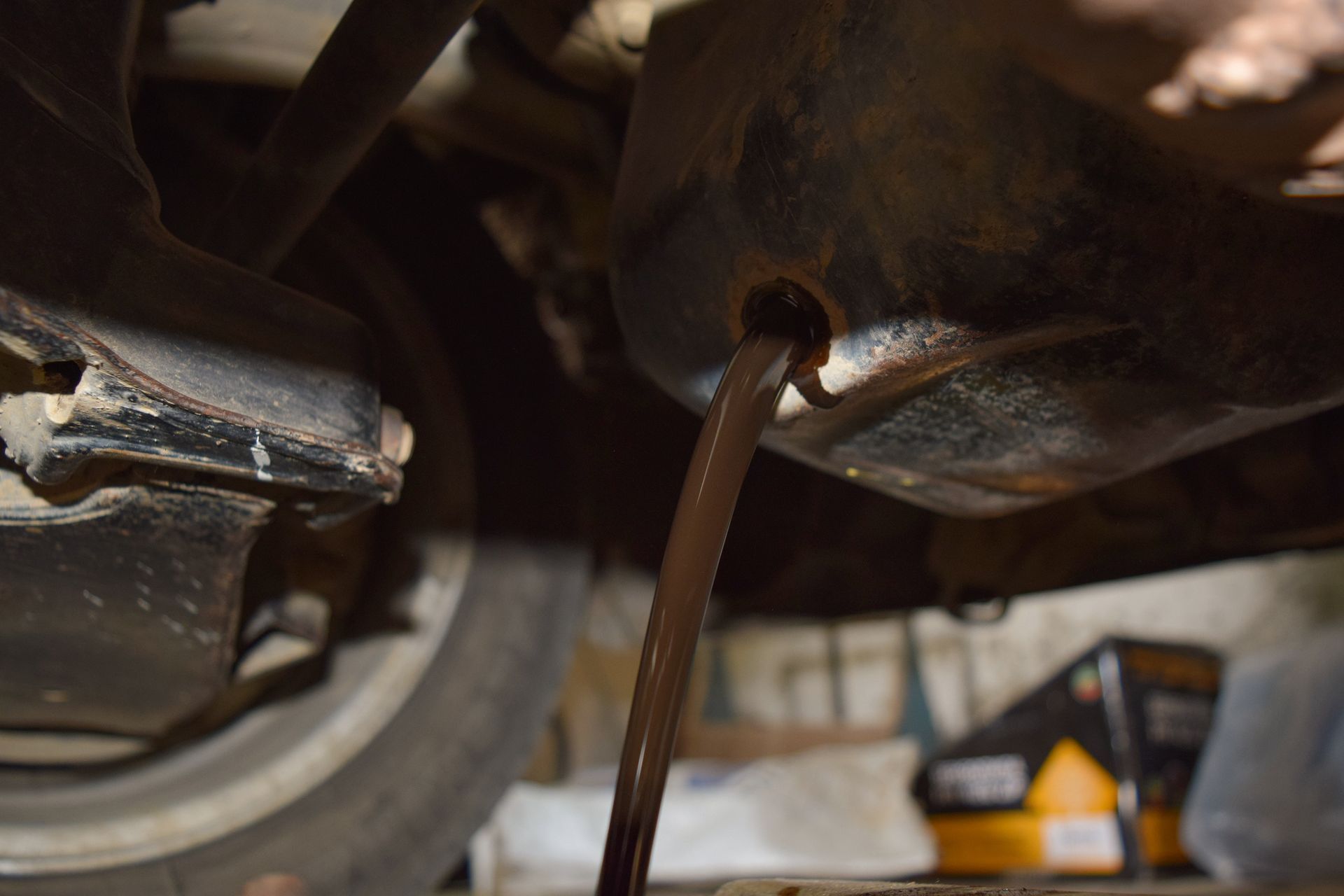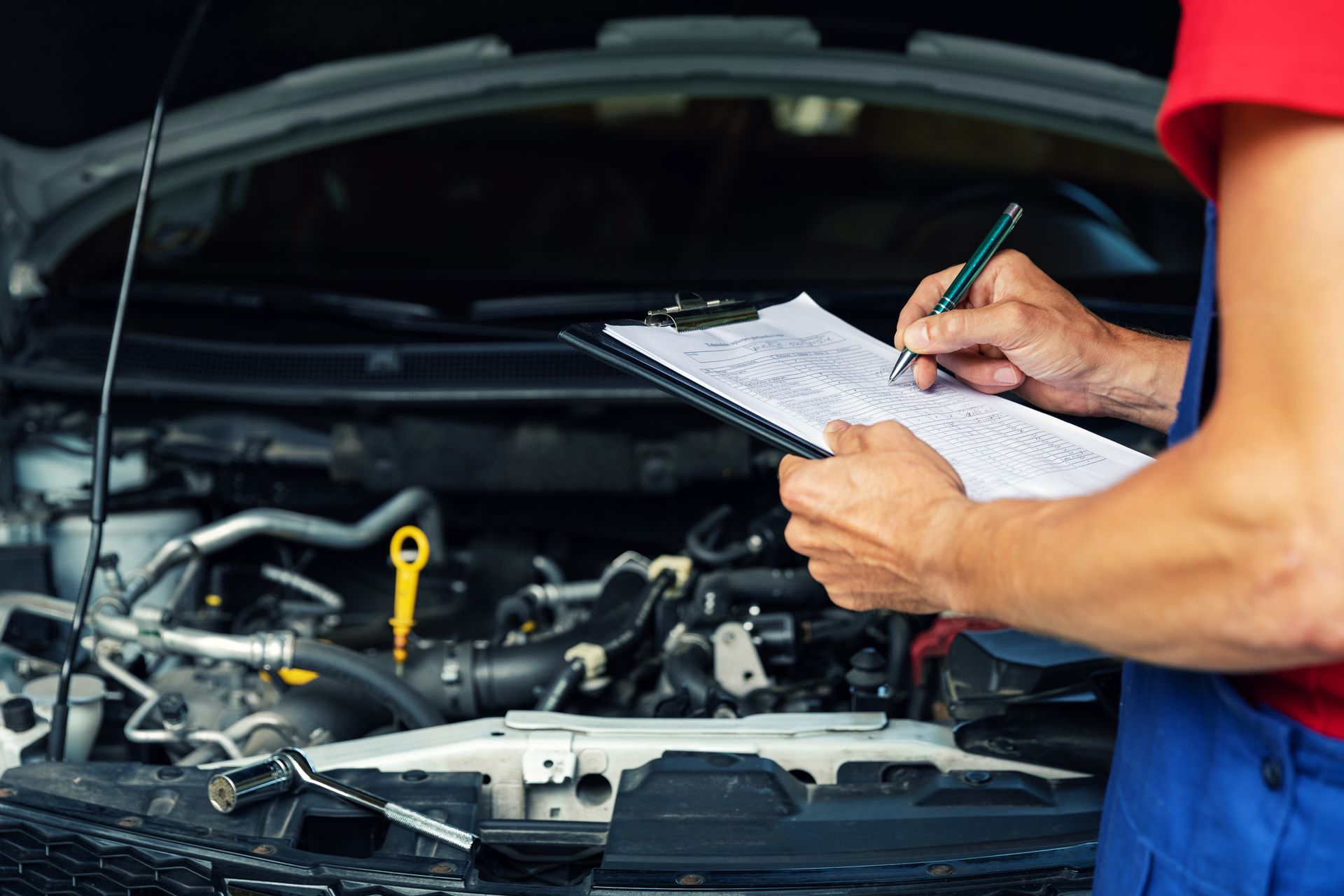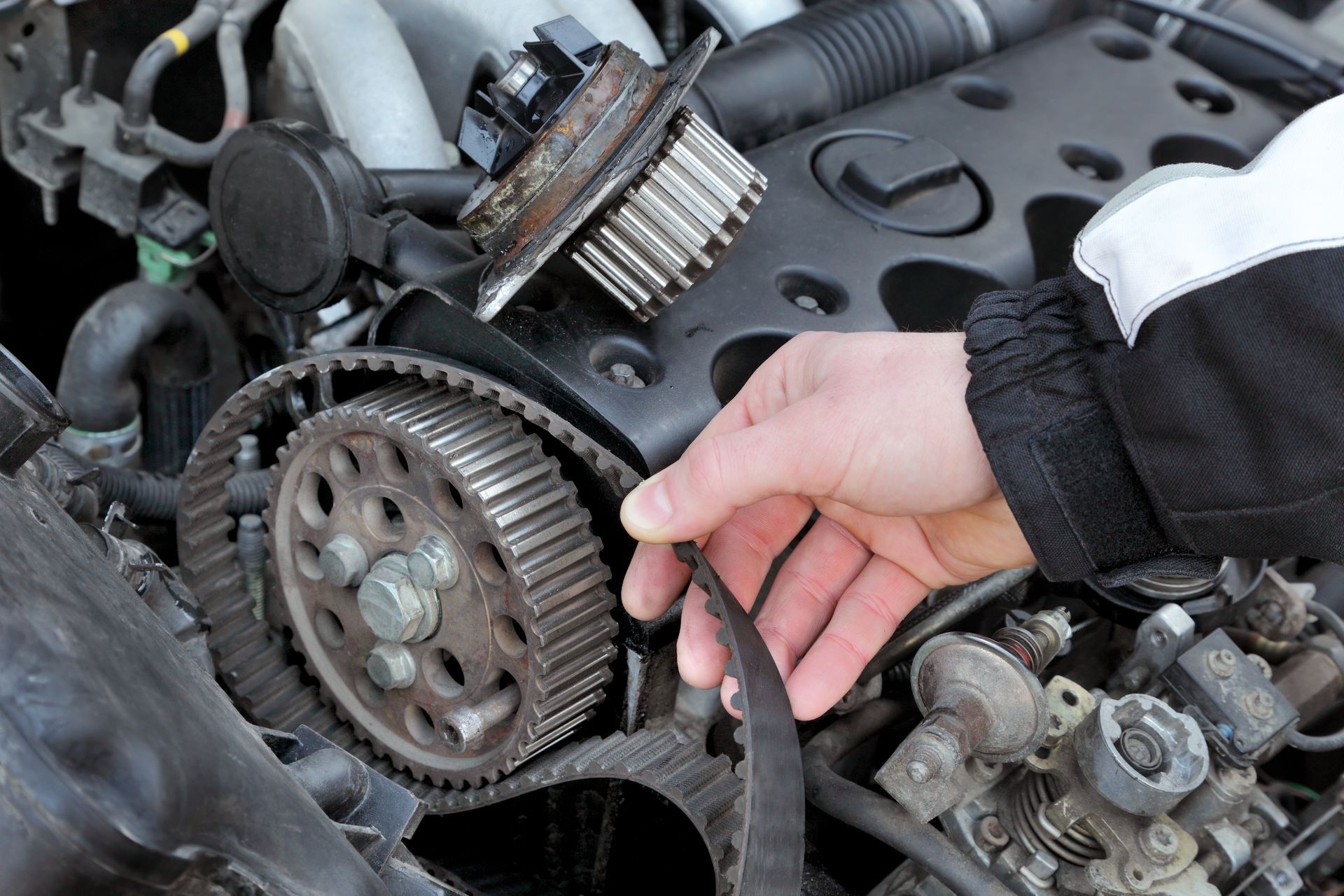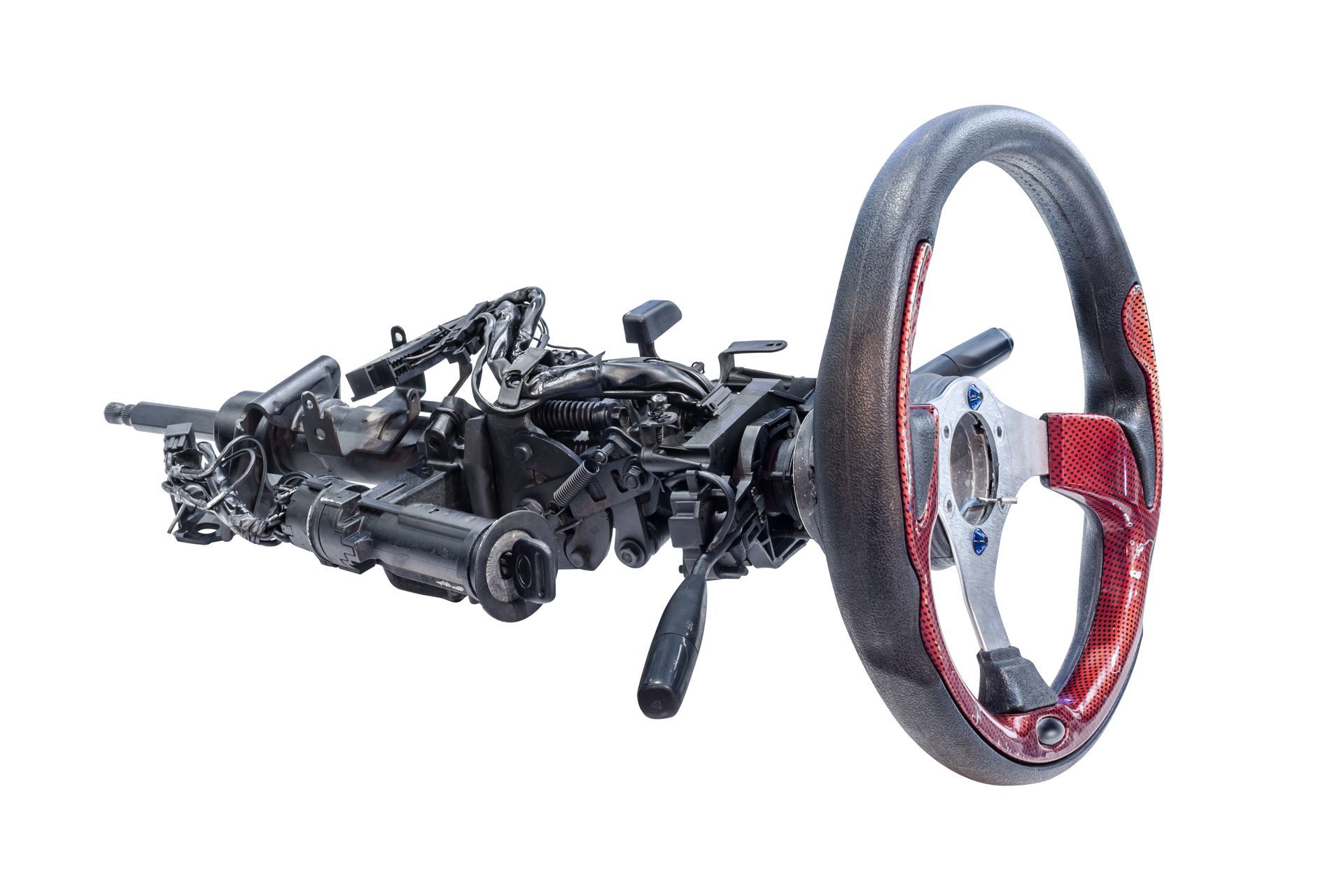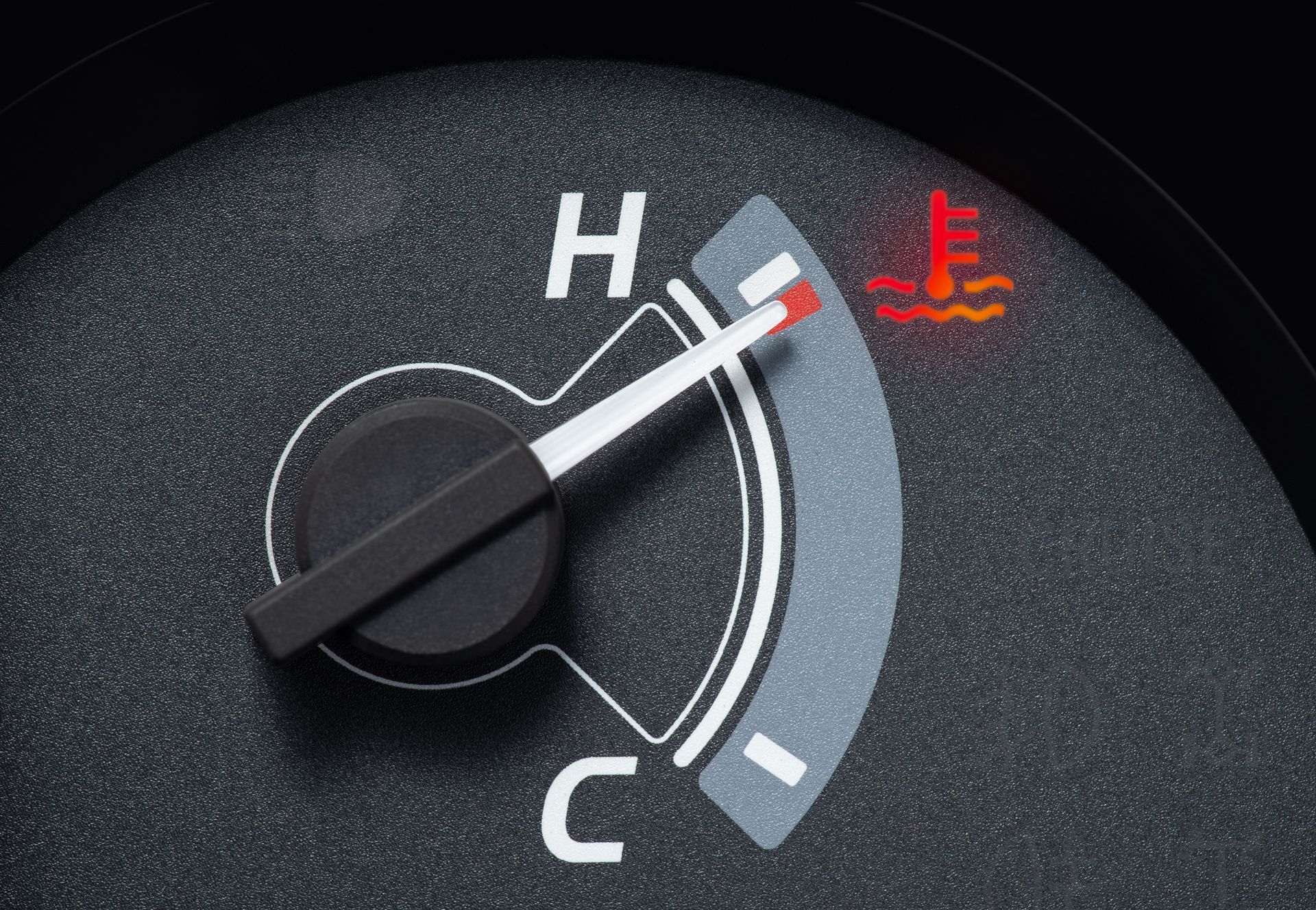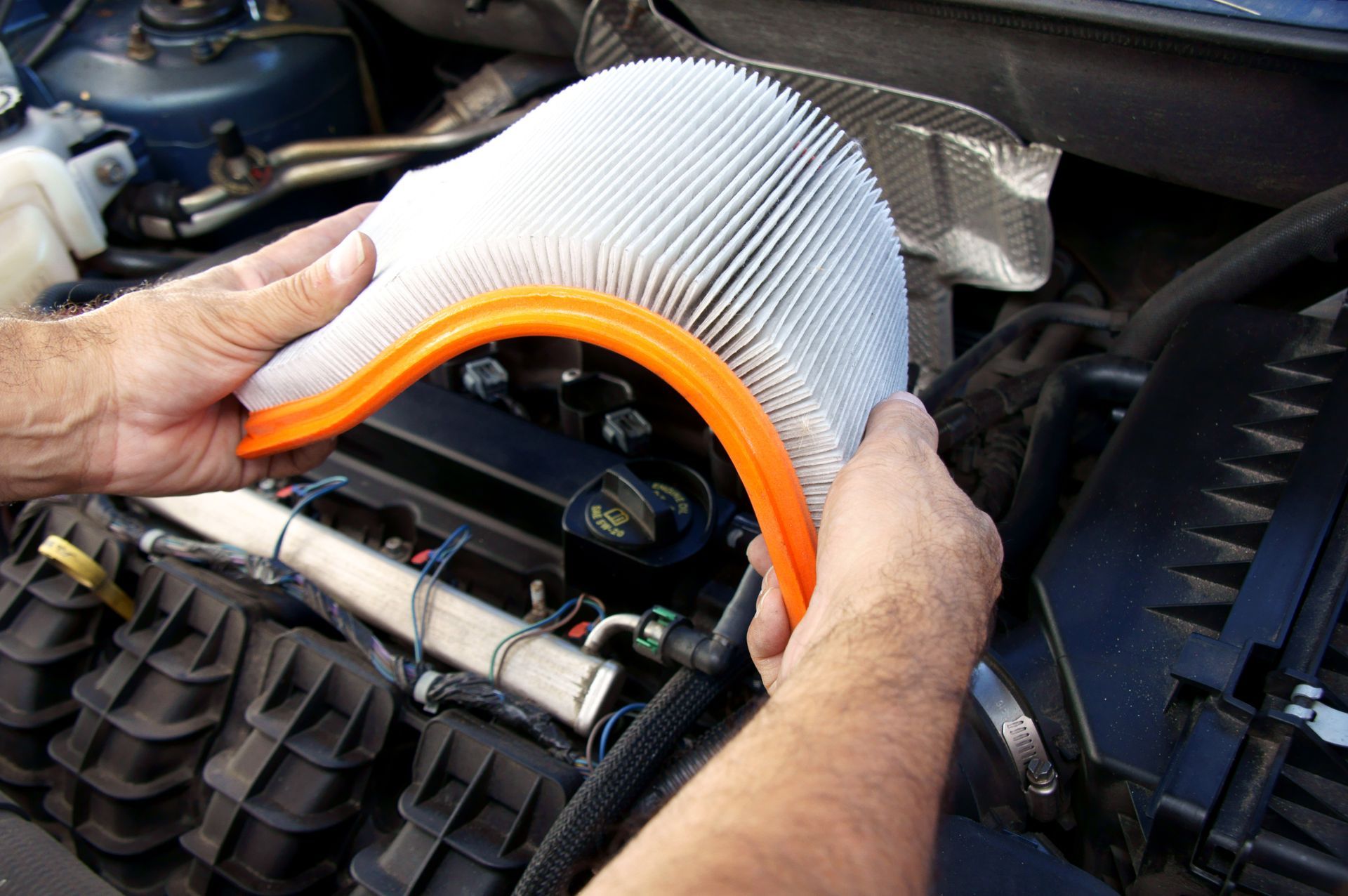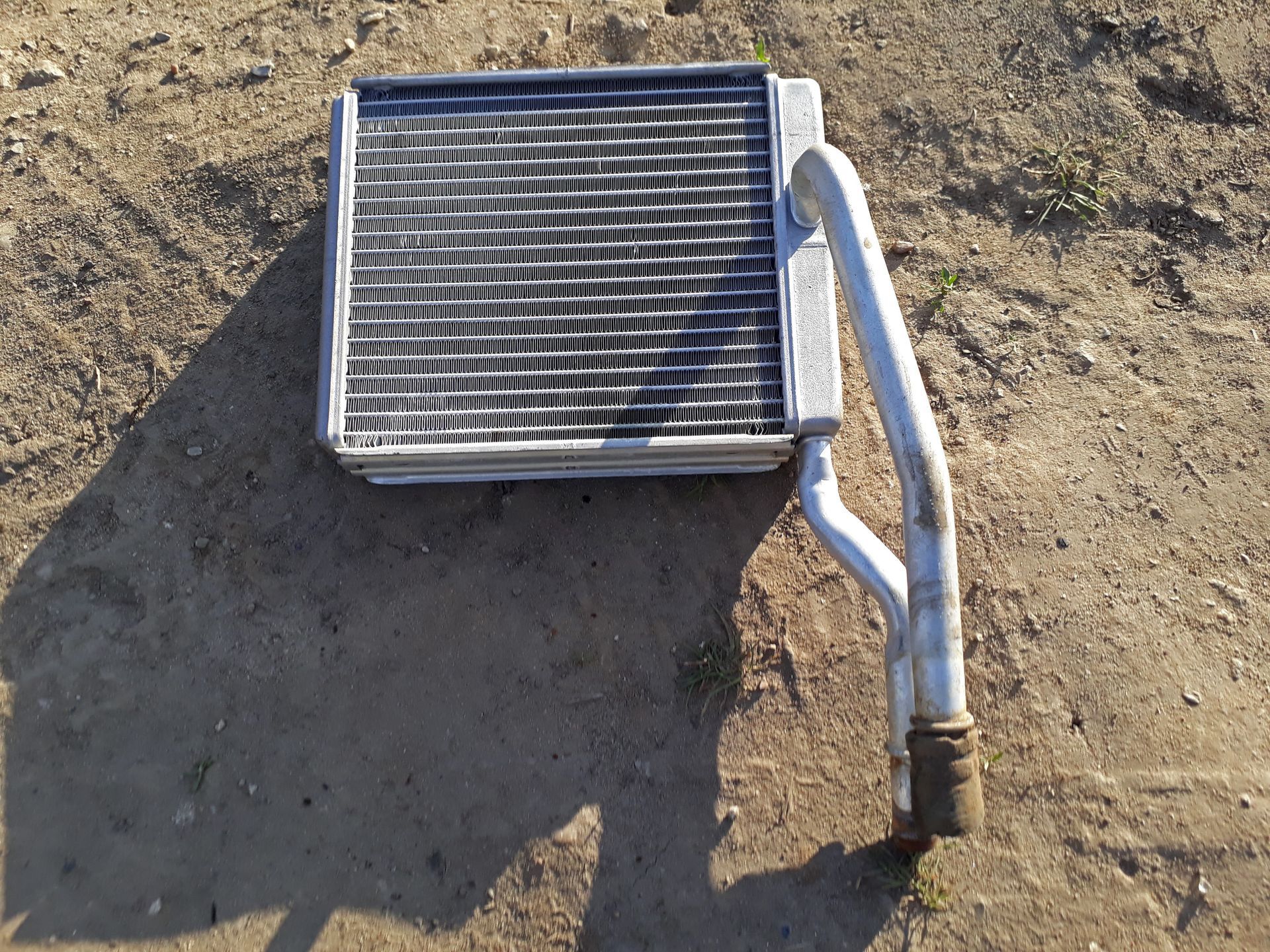Car fluid leaks can lead to severe damage if left unchecked. A few drops of fluid on your driveway might seem harmless, but they can hint at underlying issues with your vehicle. Knowing how to spot and address leaks can keep your car running efficiently and save you from expensive repairs, whether it's oil, coolant, or transmission fluid.
Why Fluid Leaks Happen and What They Mean
Your car’s systems rely on various fluids to operate—engine oil lubricates moving parts, coolant regulates temperature, and brake fluid ensures stopping power. Over time, seals, hoses, and gaskets can wear out or break down due to heat, pressure, or general aging. When this happens, fluid escapes, often leaving visible traces behind.
Ignoring leaks can be risky. A low coolant level, for example, might lead to overheating, while leaking brake fluid can affect stopping power. Transmission and power steering fluids are no different—any loss can impair performance and safety. Recognizing the signs of a leak early on allows you to address the issue before it worsens.
How to Spot a Leak
The first step in identifying a leak is to look for puddles or stains where your car is parked. Different fluids have distinct colors and textures, making them easier to identify with a bit of practice:
- Engine oil: Typically brown or black and feels slick to the touch.
- Coolant: Bright green, orange, or pink with a sweet smell.
- Transmission fluid: Reddish and slightly oily.
- Brake fluid: Clear or light yellow with a less slippery texture.
- Power steering fluid: Similar to transmission fluid but often darker.
Pay attention to unusual smells or steam from under the hood as well. A burning odor could indicate oil dripping onto hot engine components, while a sweet smell might suggest a coolant leak.
Checking for Leaks at Home
If you suspect a leak, you can perform a simple check at home. Place a piece of cardboard or a light-colored sheet under your car overnight. In the morning, examine any spots left behind to identify the color and location of the leak.
It’s also helpful to inspect under the hood. Look for damp or discolored areas around hoses, connections, and reservoirs. Don’t forget to check fluid levels in the reservoirs—sudden drops can indicate a leak even if you don’t see fluid on the ground.
When to Seek Professional Help
While some leaks are easy to spot, others require a professional inspection to pinpoint their source. Small drips can quickly become major problems if ignored, especially when it comes to vital systems like brakes or cooling. Trained technicians have the tools and expertise to locate and repair leaks, ensuring your car remains safe and reliable.
In Rochester, MN, unpredictable weather can exacerbate leak-related issues. Cold winters and hot summers stress seals and hoses, making regular inspections even more important. Addressing potential problems on time can save you from unexpected breakdowns or expensive repairs.
Protect Your Vehicle from Fluid Leaks
Catching and addressing fluid leaks early is a smart way to maintain your vehicle’s health. Regularly checking under your car and under the hood helps you stay ahead of problems, while professional inspections ensure nothing gets overlooked.
Don’t let a minor leak turn into a major issue. Contact
Severson Auto Service in Rochester, MN, for fast and reliable service.


